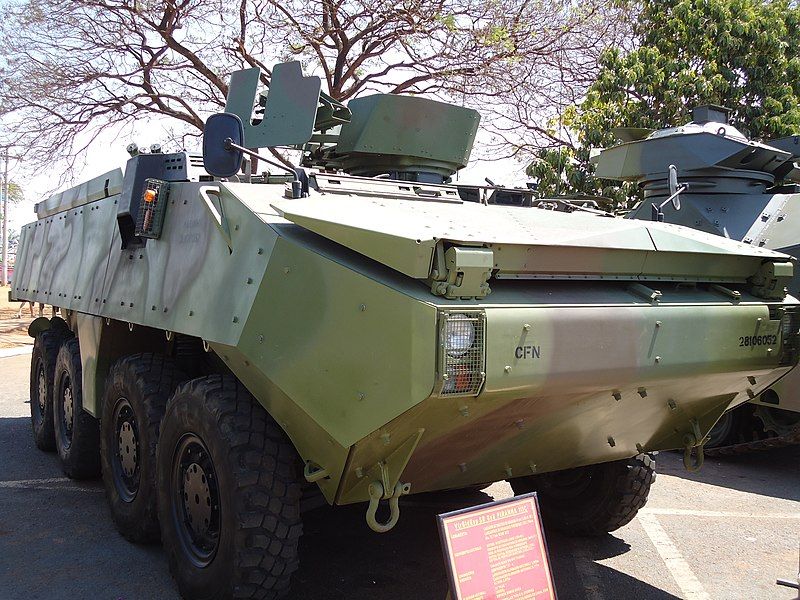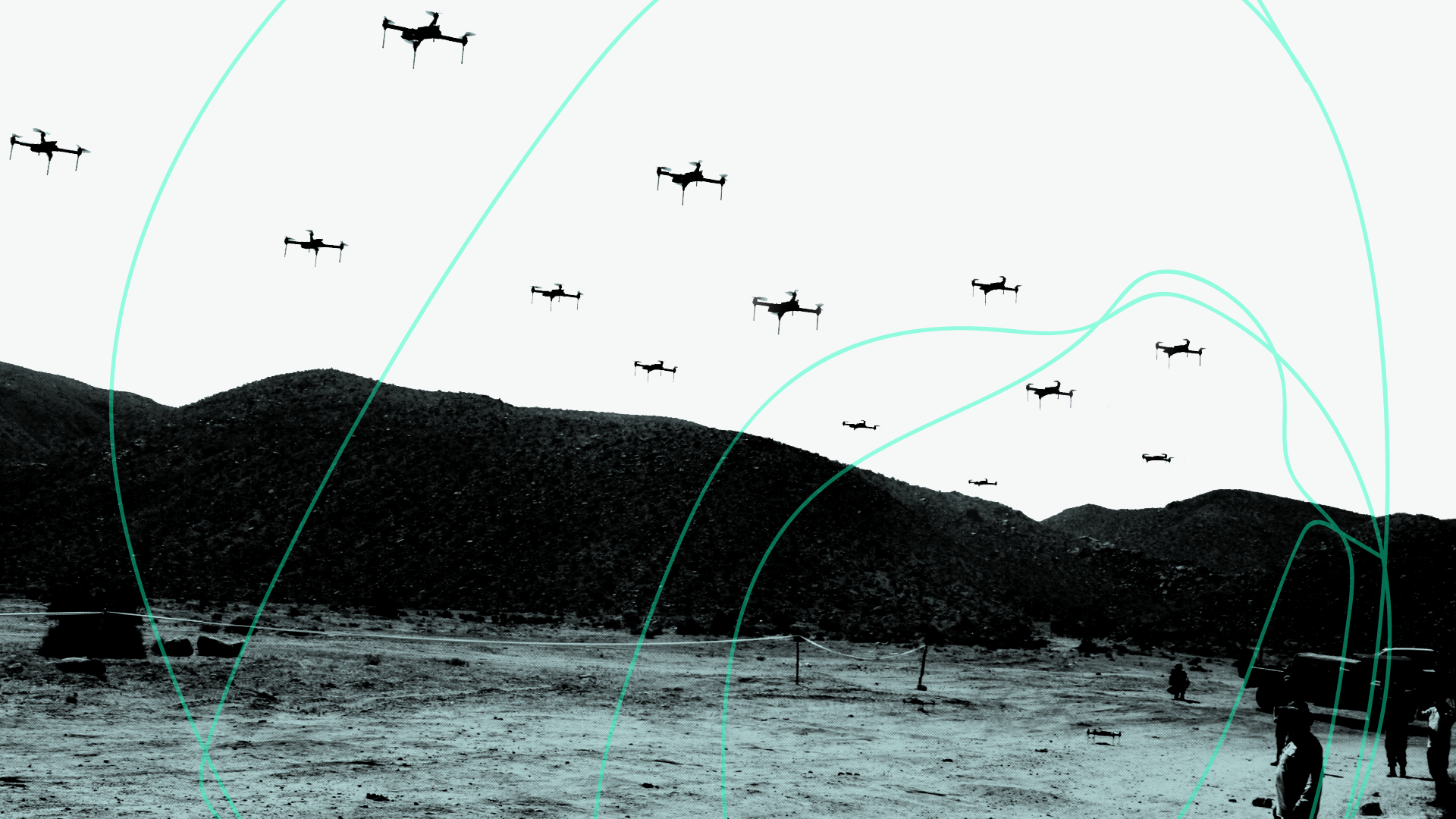With regard to the highlighted portion...do we REALLY have two core skills - light infantry and mechanized infantry - or do we really just have three Infantry Battalions that we're too cheap to provide vehicles for?
Not at all. There have been ebbs and flows in the LIB's, but they are more than just mirrors of the 1st and 2nd BN's without LAV's.
There is a huge difference between the capabilities of the two - IF the Light units are allowed to train as actual light entities.
To be honest, due to the risk aversion of our Government I can't really see us deploying a truly light force (i.e. not mounted in protected vehicles) in any type of peace support operations and in case of any major peer conflict I'm sure our focus will be on deploying our mechanized forces.
Armored Vehicles take time to move - even more so with Canada's limited movement fleets (Air and Sea).
Light Forces can rapidly deploy with Assets the CAF already has. Properly Equipped Light Forces can be formidable entities if employed correctly.
My impression is that we don't really have the doctrine or the required equipment/enablers/logistics capability to deploy an effective Light Battle Group or Brigade to a peer conflict at the same time as we're also surging our Mechanized forces.
You have zero ability to surge a Mech Battle Group.
The only inherent capability of our Light Battalions that we can really leverage is the ability to deploy them rapidly by air due to the lack of heavy vehicles. Is this not something that can be overcome in Europe by pre-positioning equipment for the NATO mission and if urgently required elsewhere could we not deploy our Mechanized infantry without their vehicles and have the heavy equipment follow?
If you look at the original US response to Russian build up in Ukraine - we surged XVIII Airborne Corps, and V Corps units (who had prepositioned vehicles) the Light units where able to move into positions in Poland weeks before the Heavy units managed to get their equipment into position.
Does trying to split our focus on two different skill sets (light and mechanized infantry) not dilute our capabilities in both when we are short on both personnel and equipment?
I think the biggest Fallacy that Canadians make is that they actually have CMBG's
Taking a more pragmatic approach I'd suggest we'd have a better concentration of effort (and more focused equipment/vehicle recapitalization plan) if we were to have three symmetric Mechanized Brigades. I'd suggest each with 1 x Armoured Regiment and 2 x LAV Battalions per Brigade. I'd convert the 3rd Battalions of each Regiment into 30/70 LAV Battalions. This would free up some existing Infantry PYs to fill out the remaining 100/0 LAV Battalions and at the same time begin the restructuring of the Reserves into a more deployable force.
I think a significantly more realistic take would be cutting the Brigades into Asymetrical Bde's each with 3 Maneuver Elements, as opposed to the sort of 4 methods tried now.
1 Bde would get 1 Tank Reg't and 2 Infantry Bn (LAV) 1 Heavy Combat Engineer Reg't, and an 18 Gun M109A7 RCHA
2 Bde would get 3 Infantry Bn Light, 1 Combat Engineer Regiment Light, a 18gun M777 RCHA
5 Bde would get 1 Cav Reg't and 2 Inf Bn (LAV), 1 Combat Engineer Regiment LAV, and a Wheeled SPA RALC
In my dream world I'd have all three of the Armoured Regiments as Tank Regiments, but I honestly don't see the GOC replacing our existing fleet of 82 tanks with the approx. 150 that would be needed. Realistically I see them upgrading/replacing the existing fleet with similar numbers so I'd go with 3 x Cavalry Regiments each with 1 x Tank Squadron. That would allow all three Brigades to practice tank/infantry co-operation and if required we could pool the three Tank Squadrons into a single Tank Regiment.
I would amend the dream to have:
1 Bde an Armored Bde - with 2 Tank Reg't and transition the Inf to CV90 BN's
The LAV from 1 would go to creating a 2nd CAV Bde like 5.
6 CCSB would be segmented in 3 modes to offer support to all Bde's and have a Heavy Tracked side, a Light, and a LAV based component.


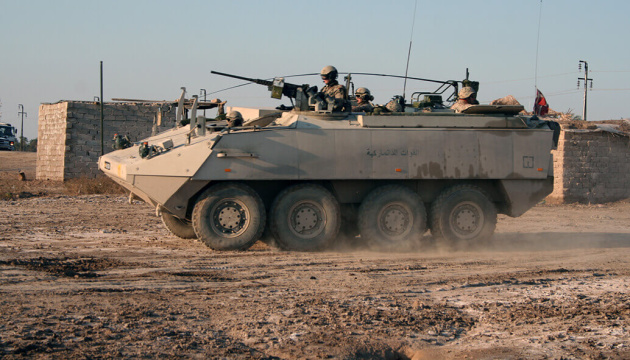
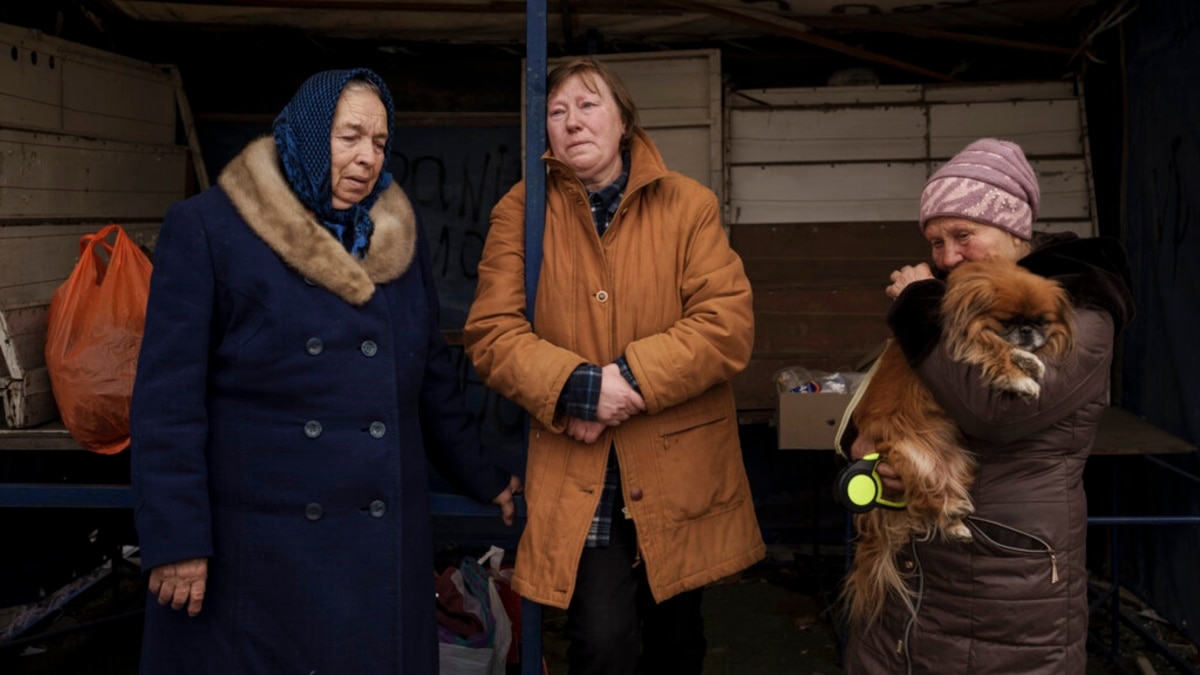

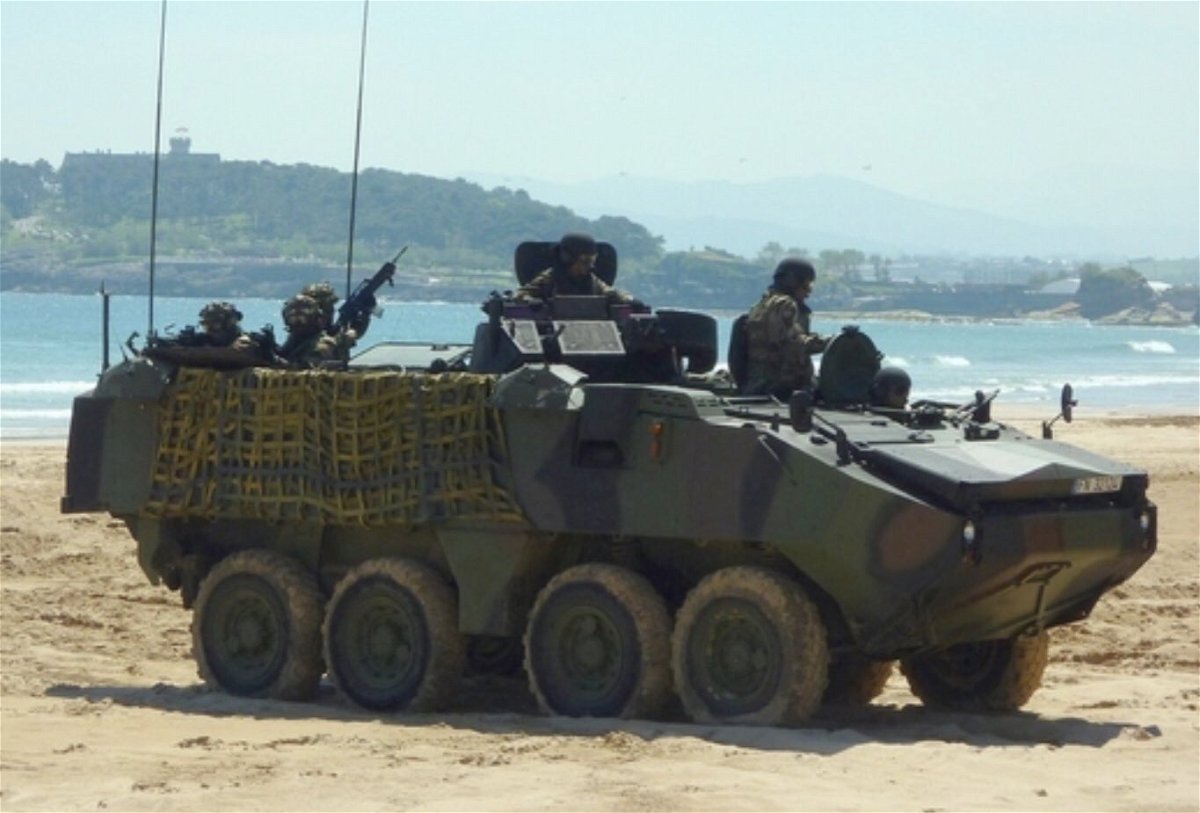
/cloudfront-us-east-2.images.arcpublishing.com/reuters/EHAK6YW4ZNMXPJKE2XK5PRNIGE.jpg)
